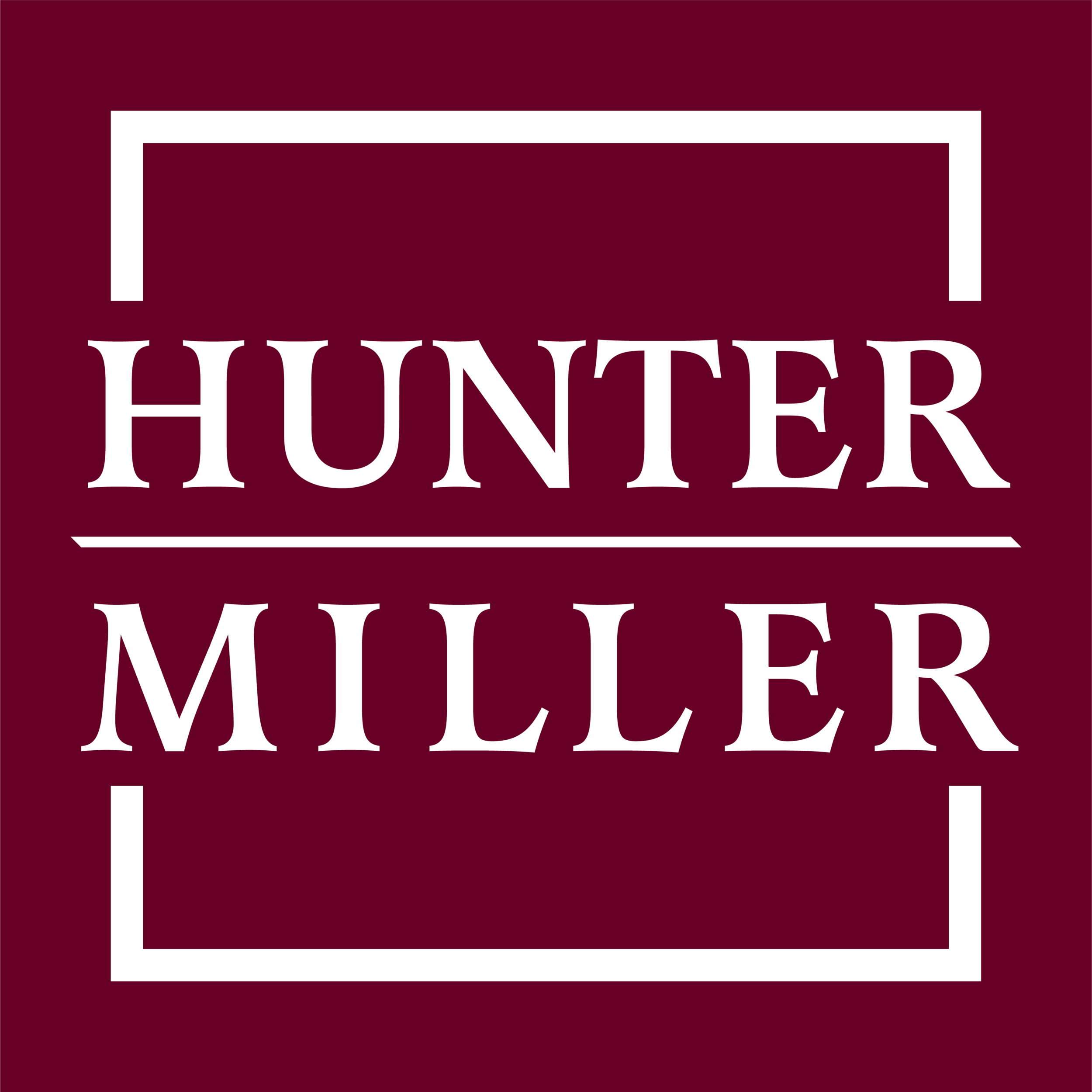Hiring at a Distance - Interviewing During Covid-19
Business doesn’t have the option of freezing decision-making until the end of social distancing. Hiring remains as essential as ever, perhaps more so in certain areas. Businesses may need to diversify, requiring skill sets from different sectors; to strengthen key capabilities such supply chain, digital engagement and automated fulfilment; and to address talent vulnerabilities exposed by the crisis.
Peak lockdown has not stood in the way of significant recent announcements: since the middle of March a new CEO at Centrica, Executive Director at Waitrose, and CEO at The Marketing Society have all been announced. Most were external appointments and, depending on commencement dates, most will have had to forego some if not all face-to-face interactions. Though conducting initial-stage video interviews has been unexceptional for some time, making a final decision without ‘the full picture’ will be new for most.
Back in November we posted a three-part series, Winning In Interviews, detailing the art of interviewing well. Lindsay Leslie-Miller, Managing Director of Hunter-Miller, described at the time how “you recognise stars as they walk through the door”. Several months later we are faced with a different landscape. With the proverbial door out the proverbial window, how can we identify talent with anything like the same certainty as before?
The short answer is we can’t. The sensible choice may therefore be to delay or opt for an interim solution – hiring somebody without fixed ongoing costs, who is likely to be over-qualified and therefore able to hit the ground running. But for those seeking the rewards of making a decision now, we have some advice to help make you a more effective online interviewer.
Introversion and extroversion go through the looking glass
Someone who tends to be introverted may well be more at ease interviewing from the security of their own home. People who are not naturally comfortable in front of new audiences need concern themselves less with physical interaction and body language. By contrast, a natural performer has lost one of their key tools in asserting themselves.
The power dynamic is – unnaturally – balanced
Most interviews take place on the interviewer’s terrain. This may or may not be right or fair but it is worth remembering; an uneven power dynamic is likely to have coloured your interviewing experience to date.
People will give away less of themselves when they have fewer variables and new inputs with which to contend. The professor whose BBC interview was interrupted by marauding children (video below) displayed much more of his personality than we would have otherwise seen. With all due respect to this immediately likeable man, it was implied that he was good-natured, but unassuming, and probably not a naturally confident leader – the latter may have used the situation, making an event of it and creating humour.
Wouldn’t it be good to be able to spring such a surprise on all interview subjects? The way to simulate this is to ask at least one question that is purposefully challenging and unexpected.
Professor Robert Kelly keeps his cool when being live on the BBC ...
Eye contact is an illusion
It’s a cliché but eye contact is a revealing part of communication, and this applies too when looking only at an image of a person’s eyes (think of the studies that reveal theft from charity boxes is reduced when the packaging features an image of a person looking out at a potential crook). But there is often distance between an image and a camera, and it can be hard to tell where somebody is looking: at your face, at something else on the screen, or past it altogether.
Try to get a sense of how the interviewee is sitting at the start, and during early familiarising exchanges, so you can establish their neutral position. Hunching of shoulders, fidgeting, and crossing of arms can be harder to detect and interpret than usual but do nonetheless provide valuable non-verbal data.
Eyes and bodies may be diverted by controllable or uncontrollable events happening beyond your notice – arrival of a text, a house partner or pet heaving into view, or a lapse in audio or picture connection. Over a video call it is natural to give people the benefit of the doubt, but being too forgiving causes us to question our judgement (“they didn’t seem to get that question – but maybe they were just let down by the line?”) It is therefore sensible to encourage each side to announce invisible distractions when they arise – and assume a lapse in your opposite’s attention is unreasonable in the absence of such a mea culpa.
A square box with a face in it can be an equaliser
People will often use physicality and presence to assert themselves in face-to-face meetings. There is wisdom and undeniable utility in this that has validity beyond the artifice of an interview environment. But as interviewers we can be swayed by qualities impertinent to the role at hand.
This loss of physical presence can make it relatively difficult to follow instinct and have a natural conversation. Preparation is therefore key. As with remote presenting, the weakening of feedback and response cues make knowing what you intend to say more important than ever.
A video interview undoubtedly has its drawbacks. But we should not overlook the positive fact that it forces us largely to ignore what we can see and focus instead on what is being said.



